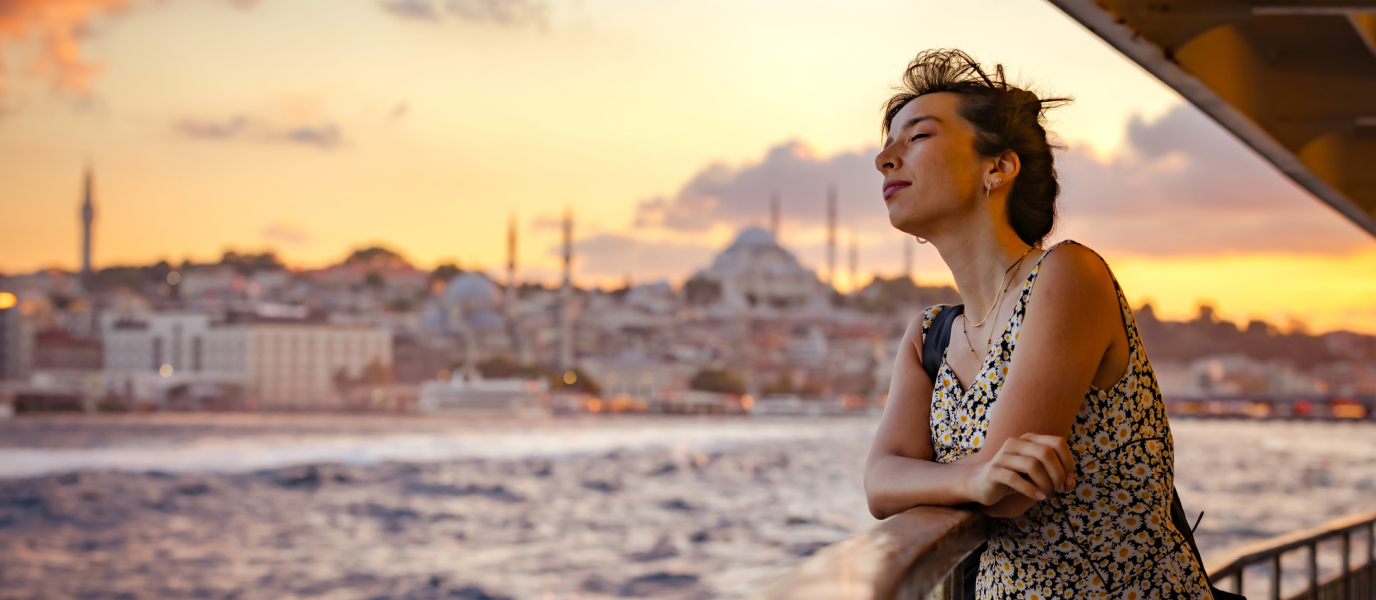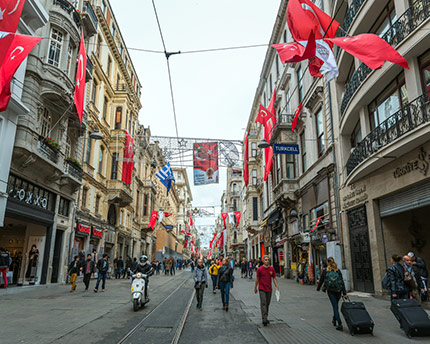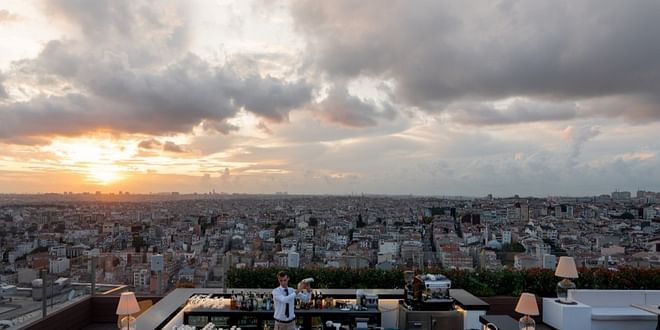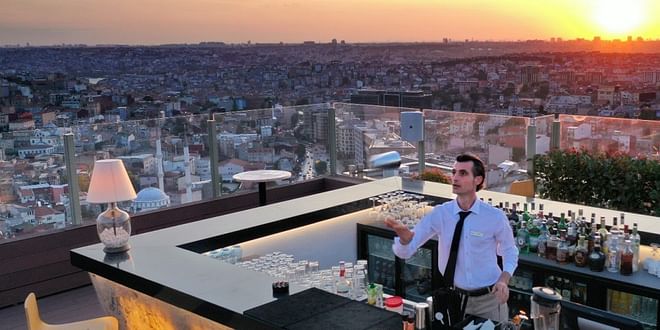Wandering around the bustling Istanbul is a unique experience. Be amazed with the Hagia Sophia, cross Galata Bridge and head towards one of the city’s liveliest and most modern neighbourhoods, contemplate the Golden Horn and the Bosphorus, dodge hundreds of stands and people in the Grand Bazaar and smell the aromas of the Spice Bazaar are just some of the things you must not miss in Istanbul. The connection you make with this high-spirited city of contrasts is one of the reasons why everyone who has visited it comes back amazed.
The Hagia Sophia basilica and mosque, the jewel in the crown
This former Byzantine basilica, reconverted into a mosque in 1453, is still considered nowadays a marvel of ancient architecture. With its large dome which seems to suspend from the sky, the Hagia Sophia was built in the 6th century during the reign of Emperor Justinian. The four minarets which shape the city’s urban profile today were due to its conversion into a mosque after the Ottoman conquest.
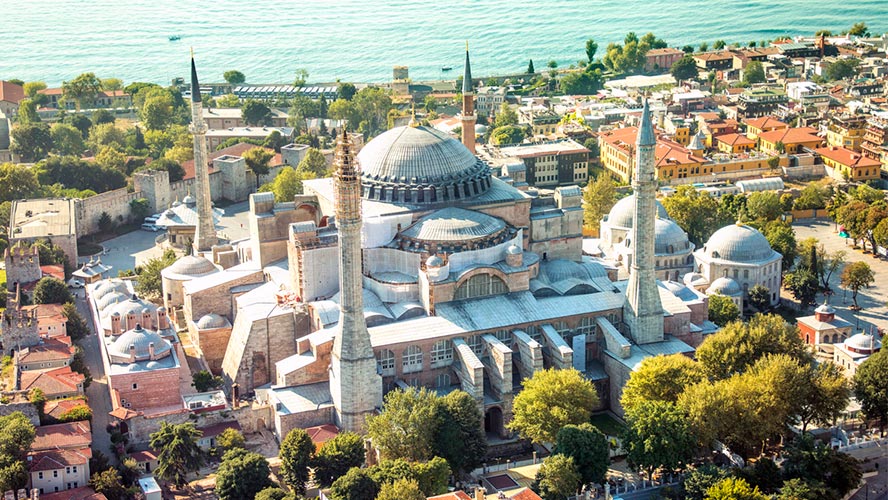
The mosque is slightly lit while the sun’s rays reflect on the large medallions hanging from the dome, highlighting the gilding of the mosaics and magnifying the main room. All the visitors agree that a special magical atmosphere can be felt inside.
The Basilica Cistern and the Constantinople Hippodrome
Just a few metres from the Hagia Sophia there are two other monuments from Emperor Justinian’s period:
The Basilica Cistern in Istanbul is a water tank that supplied water to Constantinople in the event of a siege. However, it is popularly and evocatively called the ‘Subterranean Palace’, probably alluding to the beauty of the reflection in the water of its multiple columns.
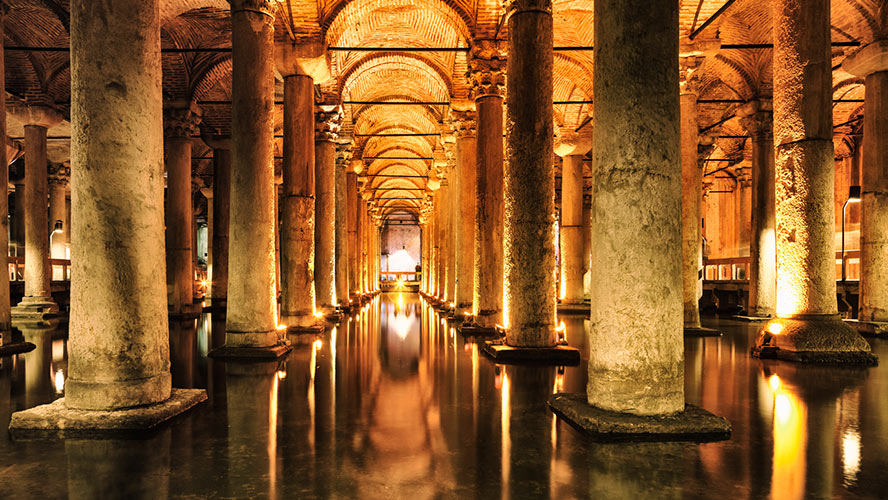
The Constantinople Hippodrome was the leisure place where the upper classes of the Byzantine Empire enjoyed their preferred entertainment: chariot races, music, acrobats and wild animals. Nowadays we can only walk around its interior and imagine what it was like during its golden age.
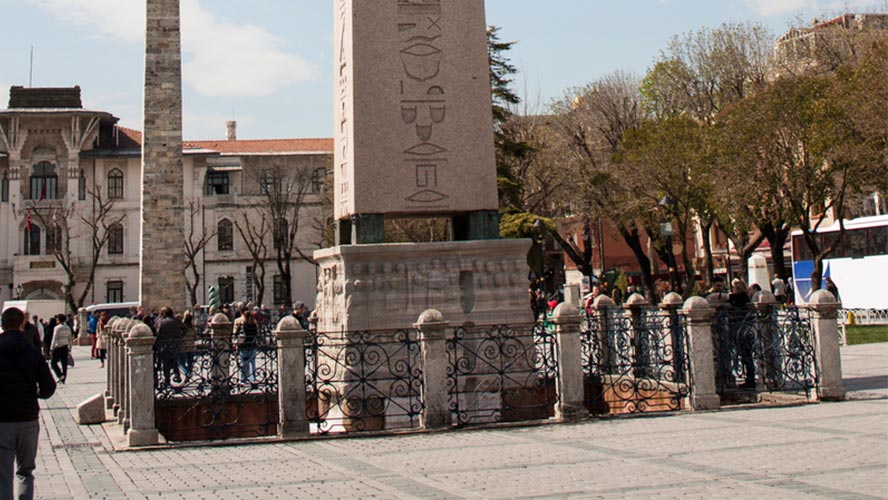
The Blue Mosque and the Süleymaniye Mosque
Immediately opposite the Hagia Sophia and next to the Hippodrome, the Blue Mosque is named after the sumptuous Iznik blue tile mosaics in its interior. However, the most characteristic feature of the mosque is its exterior which, with six minarets and a dome cascade, is another building that stands out in the city’s skyline.
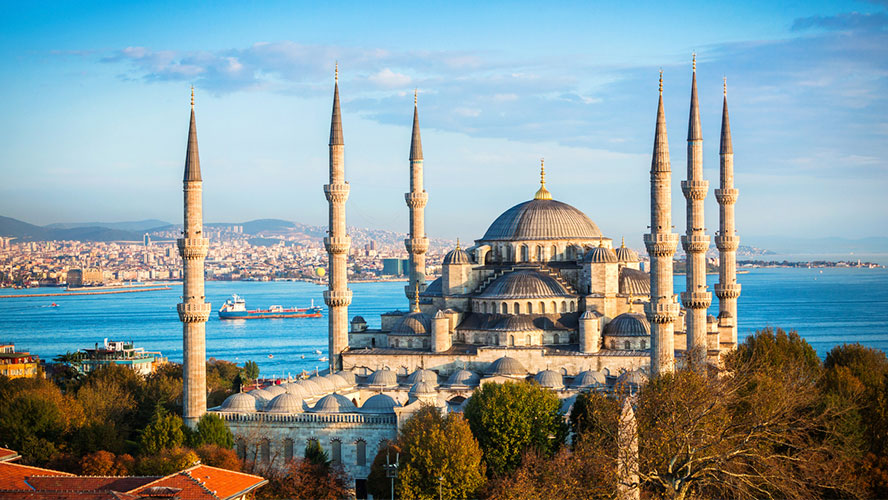
Within a 20-minute walk from the Blue Mosque, on a hill that dominates the Golden Horn you will find another important building in Istanbul: the Süleymaniye Mosque. Built 1,000 years later than the Hagia Sophia but clearly inspired by it, the Süleymaniye Mosque is now the biggest mosque in the city.
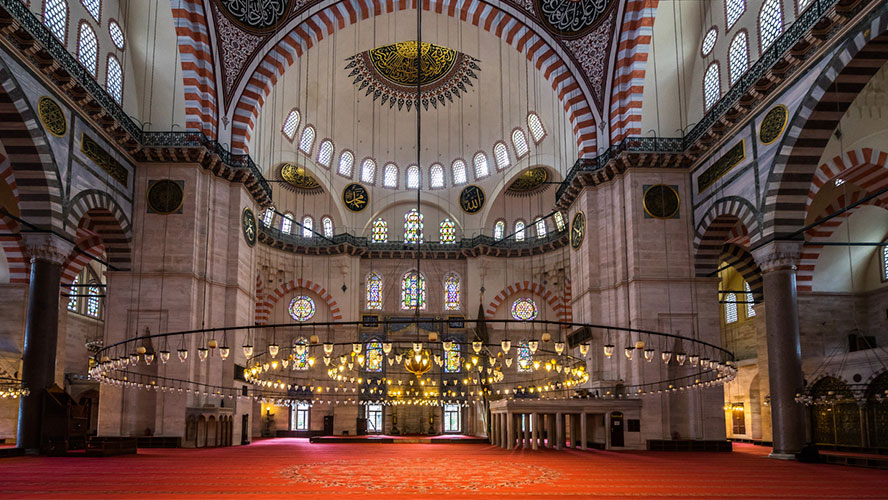
New Mosque of Istanbul
Located near the Galata Bridge and very close to the Spice Bazaar, the New Mosque of Istanbul is, despite its name, 400 years old. Its vaults and minarets are spectacular and its interior is also impressive, with its incredible stained glass windows, its Iznit tiles and its gold and marble ornaments. At the time, the construction of this mosque generated much controversy, because here is where the Jewish quarter was located and was interpreted as an imposition of the Islamic creed. In its mausoleum are kept the remains of five sultans.
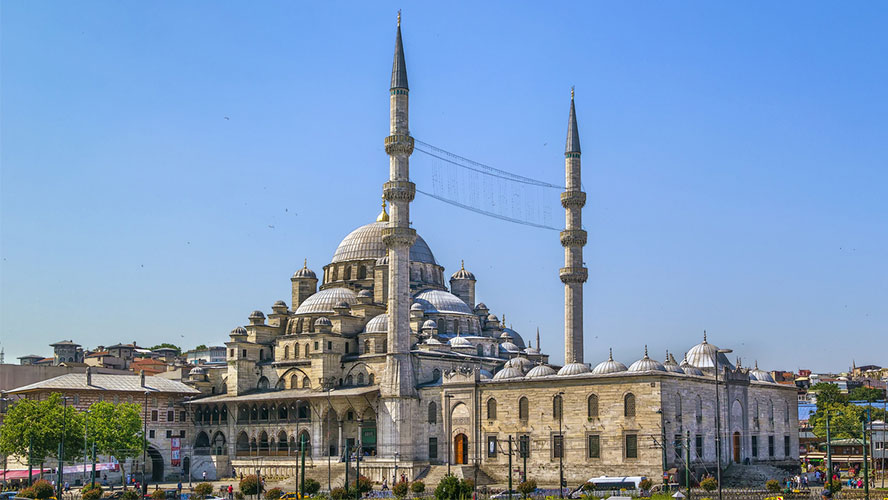
The palaces: Topkapi and Dolmabahçe
One in the old part and the other in the new part, these palaces give an idea of the wealth and splendour with which the former Ottoman sultans lived in Istanbul. Topkapi, inaugurated just after the Ottoman conquest, was the empire’s headquarters until the mid-19th century, when they were moved to Dolmabahçe Palace, on the outskirts of the city.
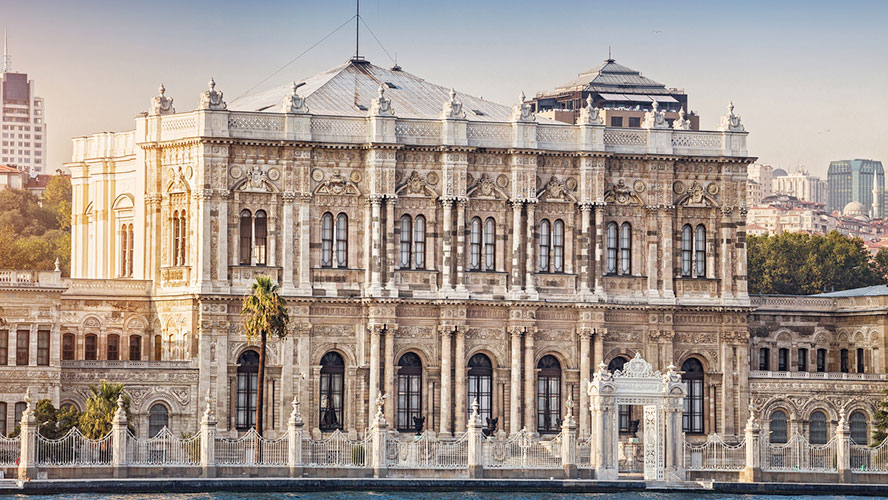
Gold and precious stones, weapons, tiles of all shapes and colours, and unique views of the Golden Horn are what you will enjoy if you visit Topkapi. Baroque, Roccoco and Neoclassical influences await you at Dolmabahçe, which is much more modern and Western, but equally interesting.
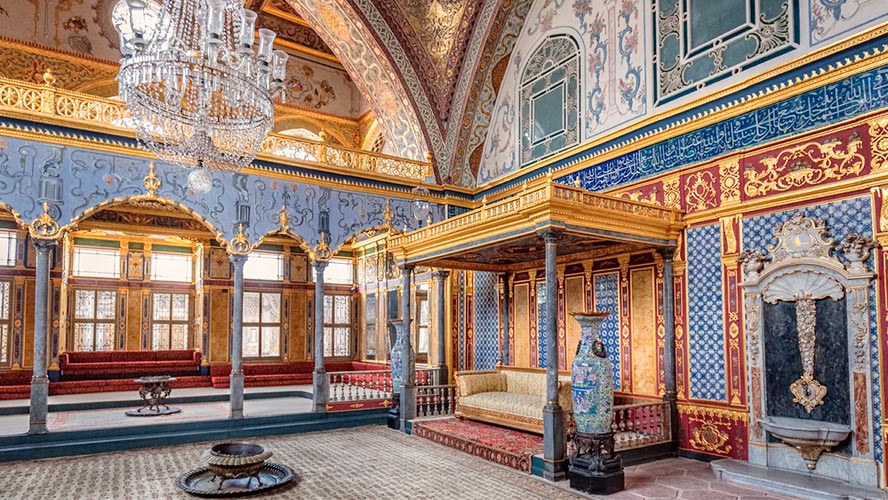
Beylerbeyi Palace, a small Versailles
The Beylerbeyi Palace is one of the many noble buildings that Turkish leaders built in the 19th century on the shores of the Bosphorus. In this case, it was Sultan Abdülaziz who erected this sumptuous building as his summer residence. It was the second palace built on the Bosphorus and here the sultan received such illustrious visitors as Emperor Franz Joseph, the Empress Eugenie de Montijo, King Edward VIII and the Shah of Persia. It looks like a mini Versailles where East and West converge.
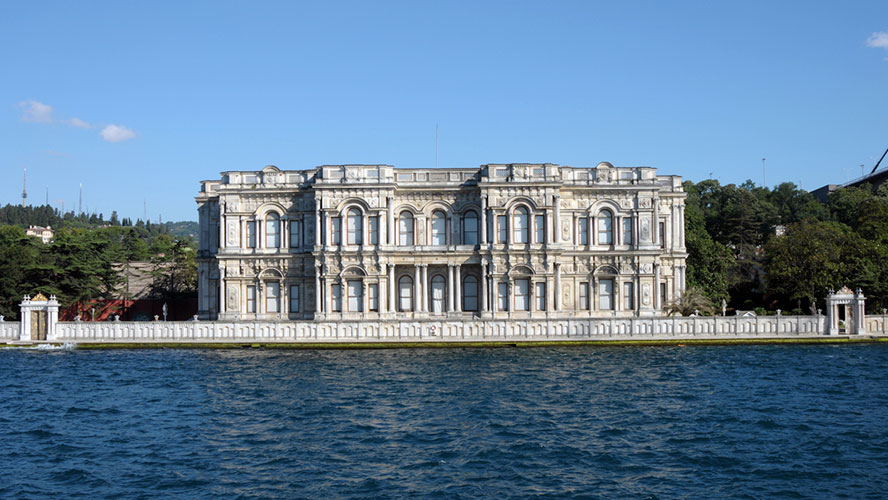
Galata Bridge and Tower
Spanning the Golden Horn, the 450-metre Galata Bridge connects the old part with the new part, which is the city’s most modern and cosmopolitan area. Check out the numerous restaurants and bars located below the bridge and remember to go there if you want to eat in Istanbul or try some fresh fish or other delicious Turkish dishes.
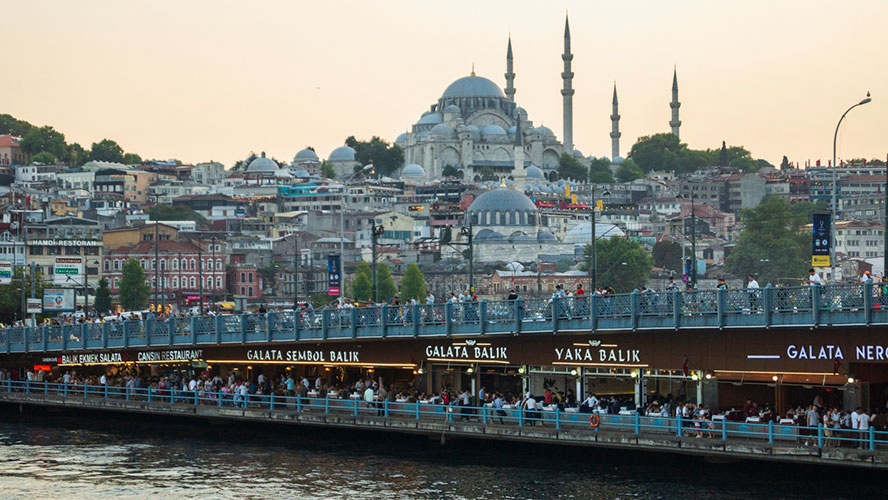
On the other side of the bridge you will find Galata Tower, another treasure of the former Constantinople and one of the musts in Istanbul. It is considered to be one of the oldest towers in the world (AD 528), so it is worth climbing its 61 metres to see the best views of the city.
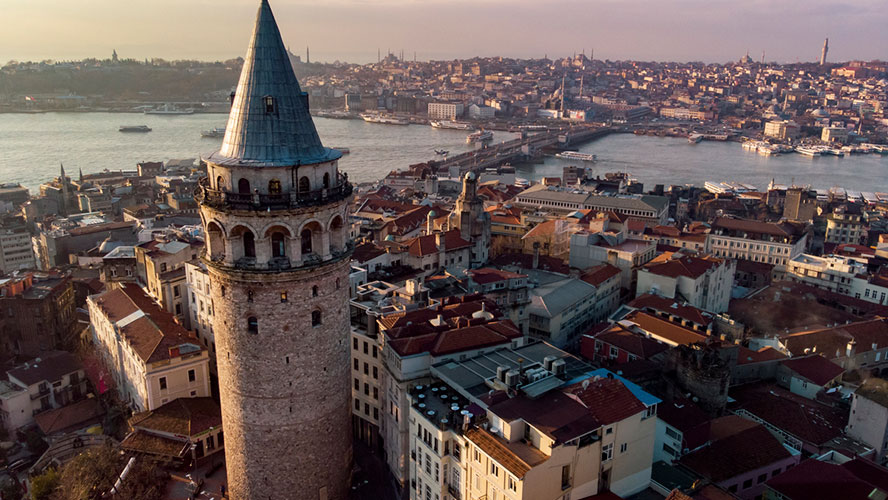
Shopping at the Grand Bazaar and Spice Bazaar
Wandering around some of the 64 streets and over 4,000 shops in the Grand Bazaar is another must in Istanbul. Not only can you buy a unique piece of craftsmanship, costume jewellery, clothes or accessories, but you will also get to know one of the world’s largest and oldest markets.
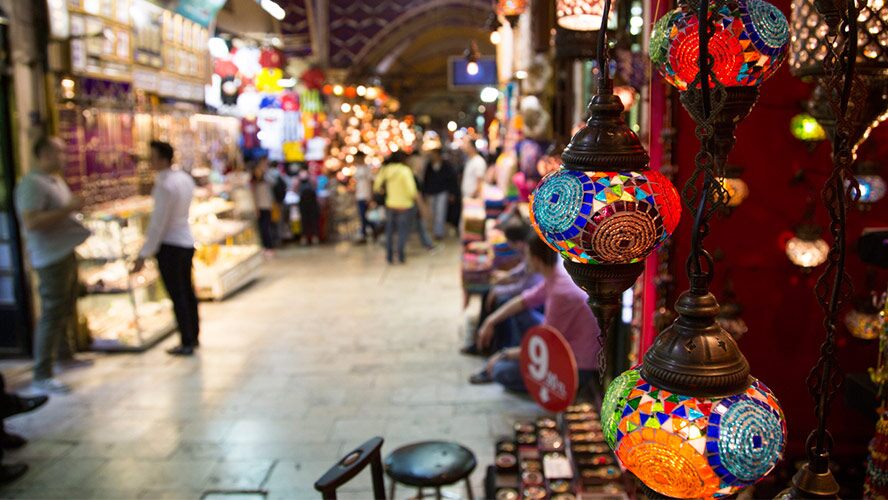
Nevertheless, if you prefer to have a more sensory experience, go to the Eminönü neighbourhood, very close to Galata Bridge, and let yourself be filled with the aromas, bustle, colours and tastes of the city’s other essential bazaar, i.e. Istanbul’s Spice Bazaar. It is one of the places you should visit in Istanbul if you want to taste the flavours and the typical Turkish food: confectionery, assorted nuts, spices, cheese and other delights.
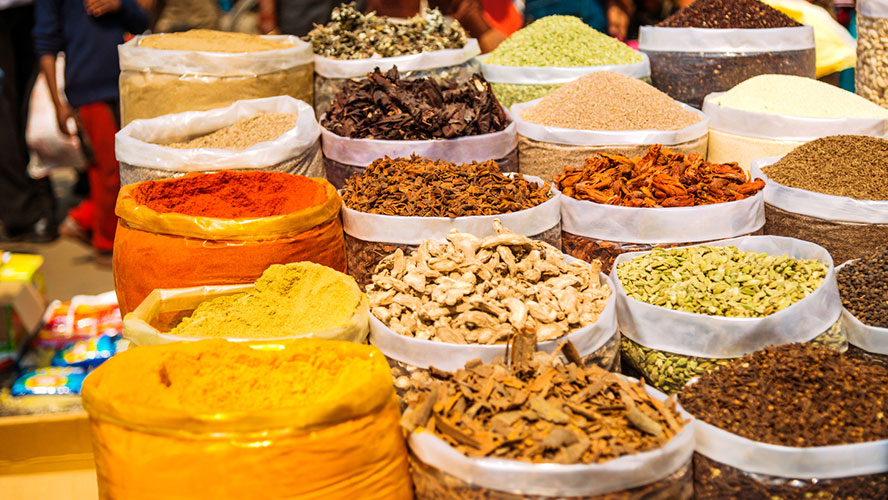
Istiklal Avenue
It is like the Great Way of Istanbul. You have to walk along Istiklal Caddesi (Independence Avenue) to take the pulse of the modern and most cosmopolitan city. About three kilometers long, it is one of the busiest urban arteries in the world as it is lined with exclusive stores, bookstores, art galleries, theaters, cinemas, cafes, nightclubs, restaurants …. During the Byzantine era, Genoese and Venetian merchants lived here. Its historic tramway is one of the unique elements of this avenue that stretches from the medieval Genoese quarter surrounding the Galata Tower to Taksim Square.
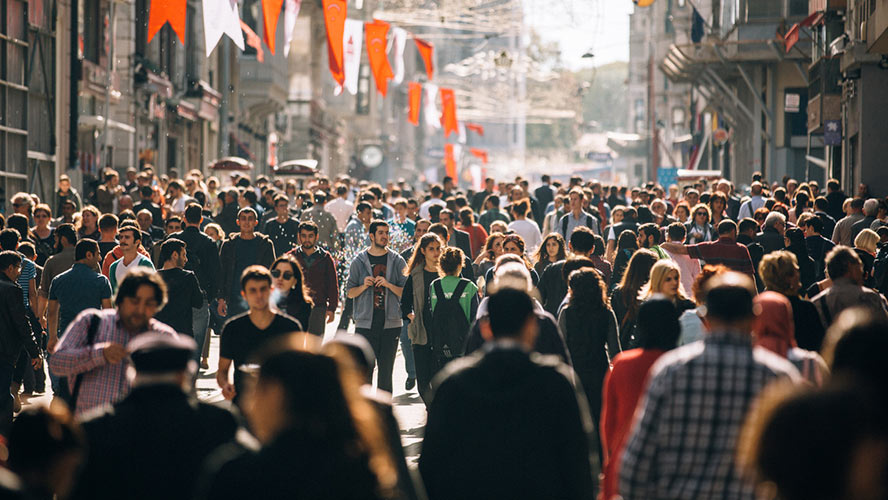
Taksim Square
And from the old Istanbul to the alternative and vindication city. Taksim Square, on the European side, has been the epicentre of political demonstrations and is now the core of the city’s cosmopolitan area. Multinational stores, trendy restaurants and luxury hotels start at the square and many more are located on the main road, Istiklal Cadessi or Independence Avenue.
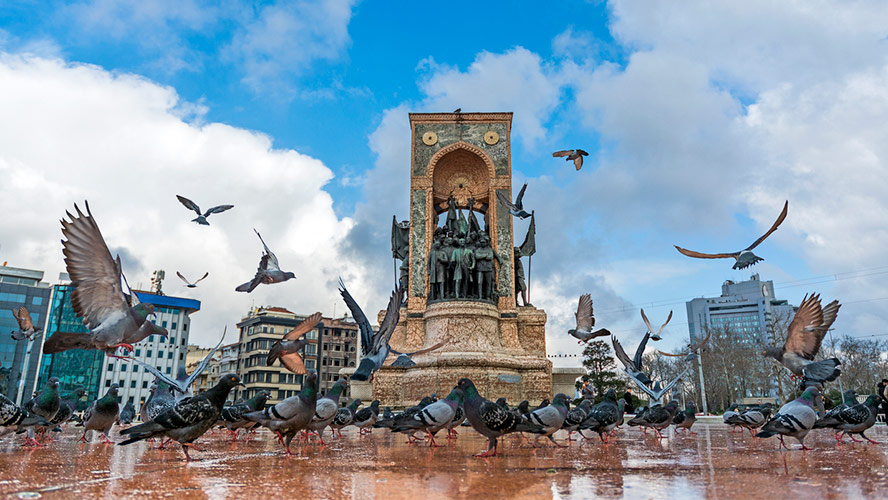
Church of the Holy Saviour in Chora
This church is difficult to reach since there is no bus or tram but the beautiful church of the Holy Saviour in Chora from the 14th century is worth the visit as it is one of the best preserved Byzantine buildings. It was converted into a mosque during the Ottoman Empire, and its frescoes and mosaics were covered with plaster but now shine in all their glory.
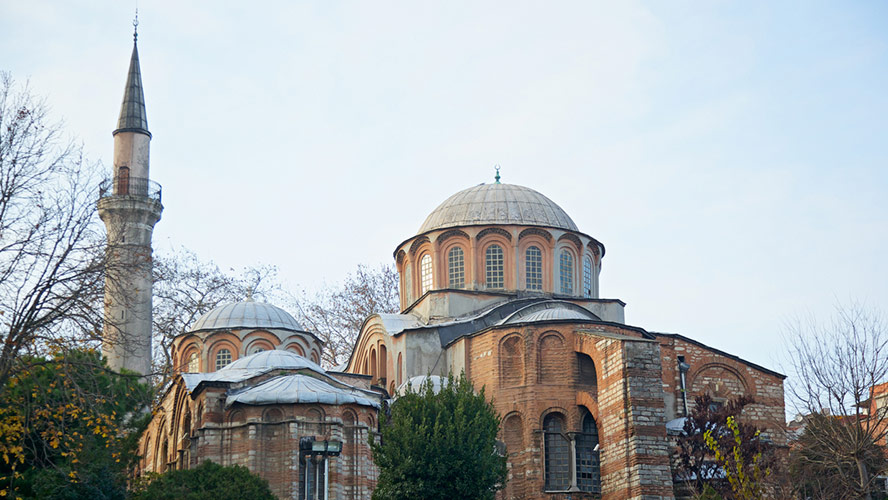
Golden Horn, a natural treasure
The Golden Horn is the name given to the natural estuary at the entrance of the Bosphorus strait that divides Istanbul into two different areas. It was used by the Byzantine fleet as a natural harbor and has been the protagonist of many episodes in Istanbul’s turbulent history, as well as protecting Greeks, Romans, Byzantines and Ottomans for thousands of years. It is 7.5 kilometers long and 750 meters wide and is crossed by four bridges, including the Galata Bridge.
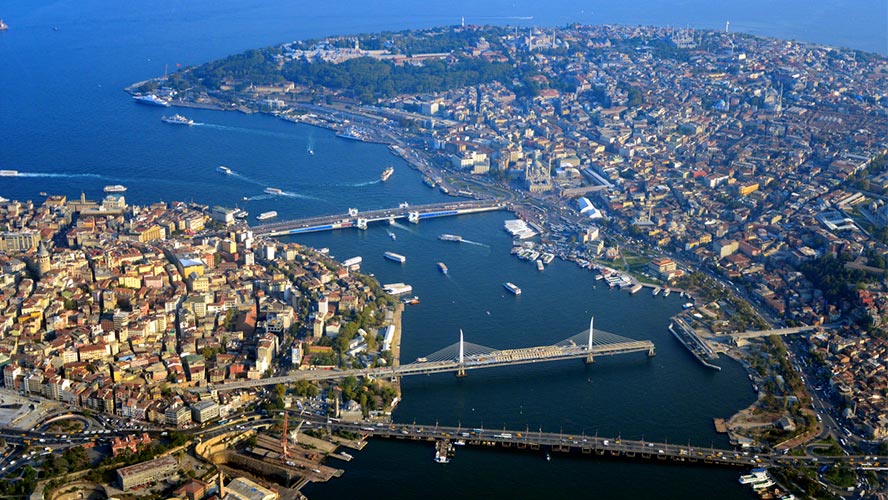
Take a cruise ship or ferry along the Bosphorus
To have a unique view of the city, show off that you were between Europe and Asia and perhaps stop in Üsküdar (in Asia) to contemplate one of the city’s best sunsets, it is worth taking a ferry or cruise ship along the Bosphorus. This is another must in Istanbul. The perfect ending for a dream holiday.
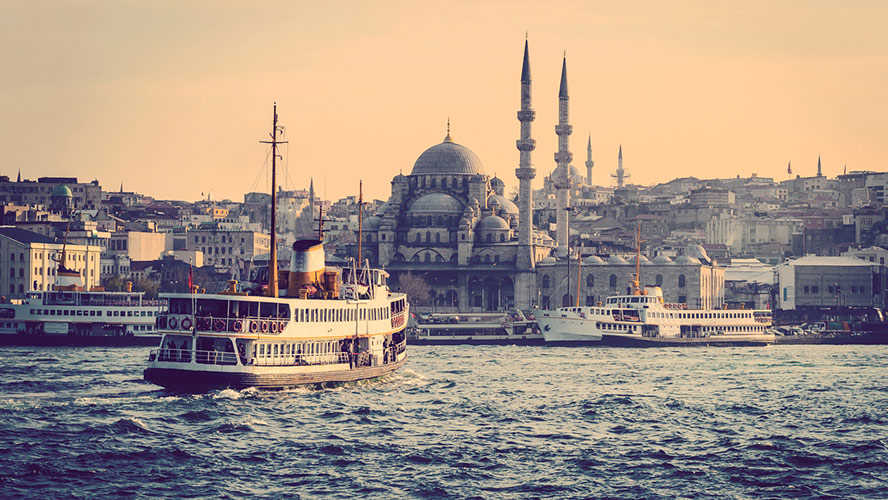
Maiden’s Tower
They say that the Maiden’s Tower (also known as Leander Tower) was erected on the coast of Üsküdar by an emperor to save one of his daughters from certain death, which in the end he could not avoid. It is one of the oldest buildings in Istanbul and today is used as a café and restaurant overlooking the sea.
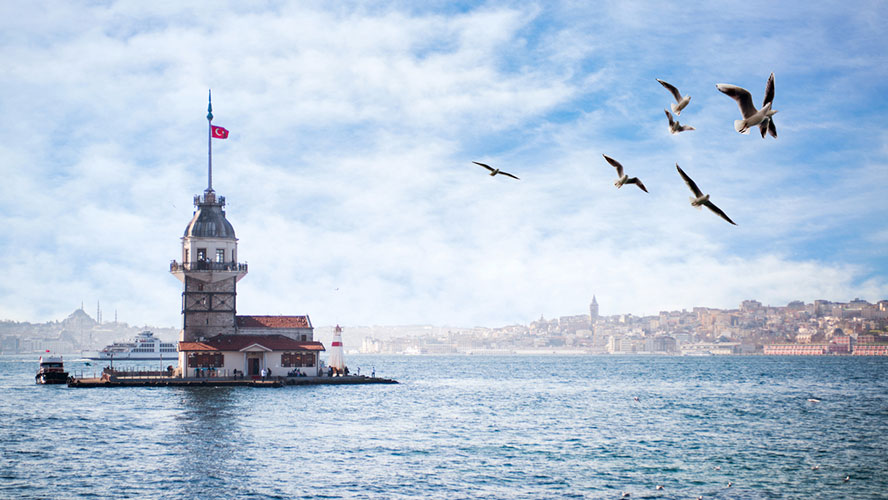
Istanbul Archaeological Museum
Located in one of the courtyards of the Topkapi Palace, the Archaeological Museum of Istanbul was founded in 1891 by the Turkish painter and archaeologist Osman Hamdi Bey. Its collections are spread over 20 rooms. The Classical Archaeology Gallery displays a series of magnificent sarcophagi, including that of Alexander the Great; the Oriental Art Collection contains part of the Babylonian Gate of Istar; and the Ceramics and Jewelry Collection is housed in the famous Tile Pavilion. If you like antiquities, don’t hesitate: it’s one of the things you have to see in Istanbul.
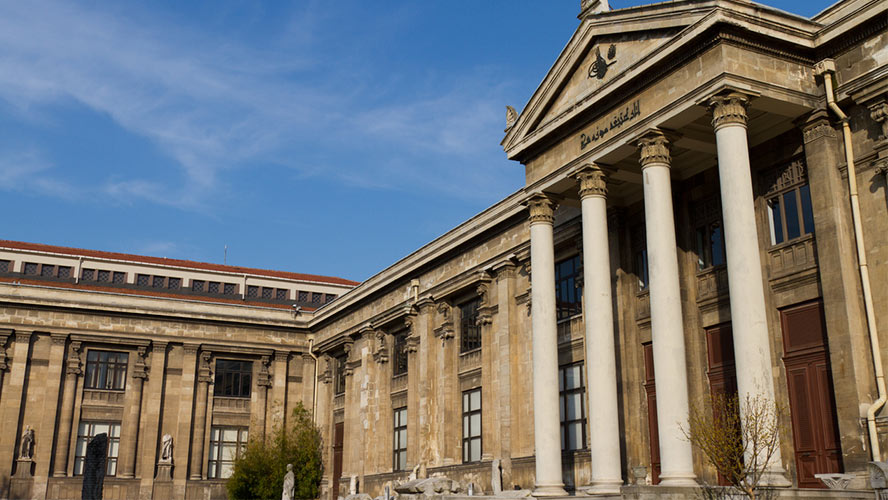
Museum of Turkish and Islamic Art
The Museum of Turkish and Islamic Art is one of the most important art centers in Istanbul. It contains more than 40,000 pieces, in addition to a curious section of ethnography, and is located in the former palace of Ibrahim Pasa, of the sixteenth century, located next to the Hippodrome and the Blue Mosque. You can see carpets, ceramics, calligraphy, sculptures, sarcophagi, editions of the Koran, lecterns … and even the Gate of the Great Mosque of Cizre. In its courtyard, you will enjoy beautiful views of the Blue Mosque.
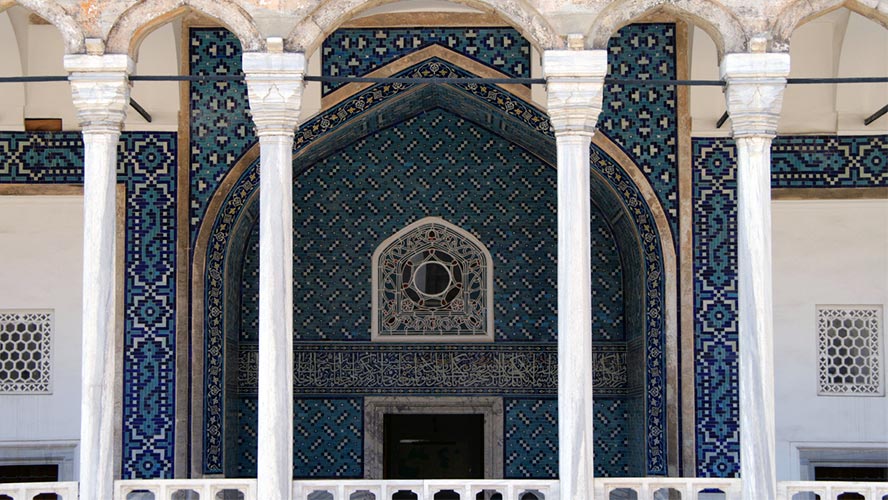
Where to stay in Istanbul
If you are looking for hotels in Istanbul, we recommend two of the best so that you have a perfect stay in the city. Barceló Istanbul, which is just a 5-minute walk to Taksim Square, is a refurbished, modern hotel with an atmosphere that makes it unique. Occidental Taksim, in the same area, is a city hotel that is suitable for a romantic or family getaway, and with all the services within your reach to guarantee maximum comfort.
At Barceló Experiences you can continue your journey through the charms of Europe by visiting our complete tourist guides to other must-see destinations such as Milan, Prague or Rome.




































































